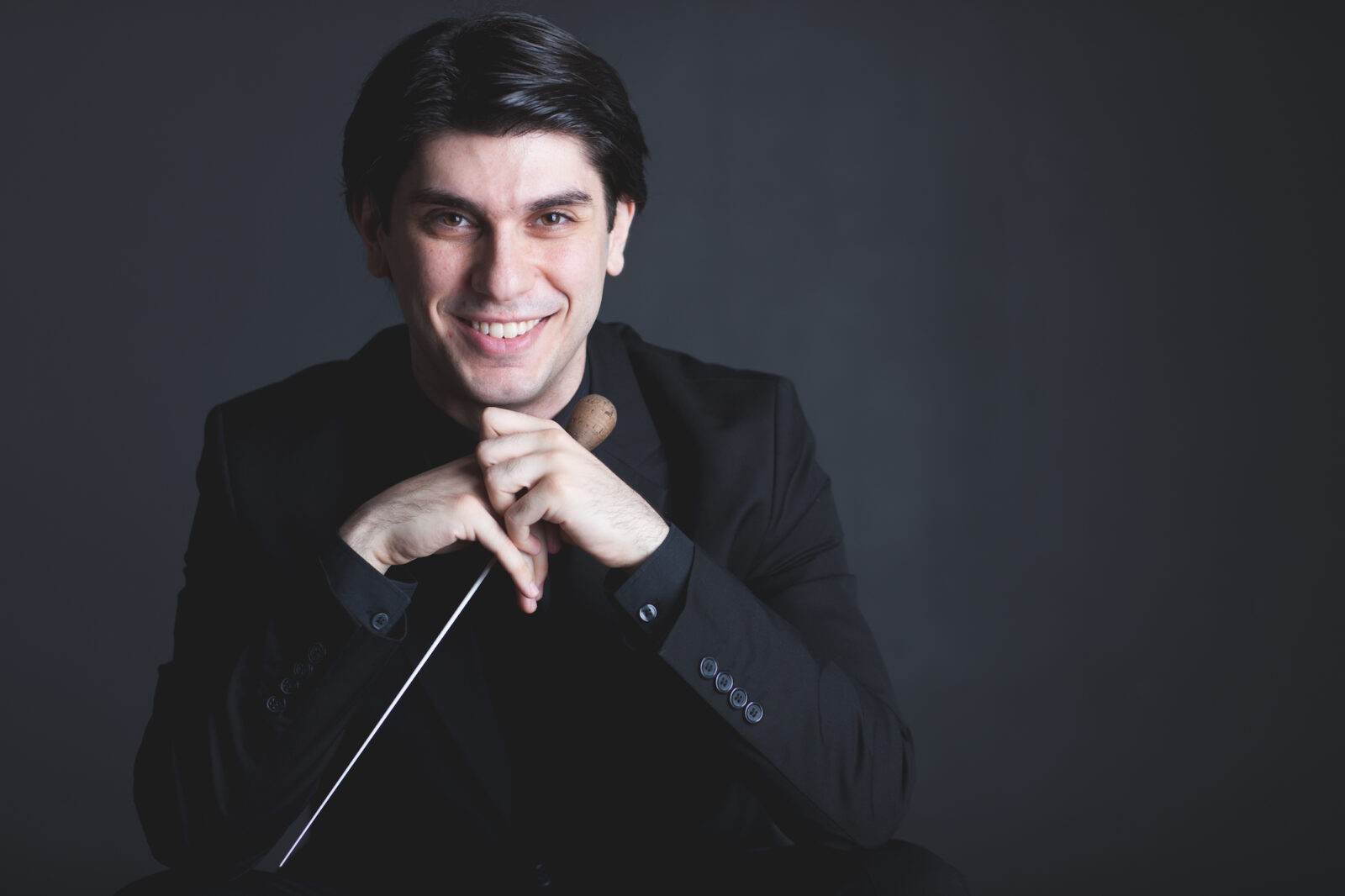Last night’s Knoxville Symphony Orchestra concert at the Tennessee Theatre was worth noting for multiple reasons, one of which was, for the first time in my memory, going back more than 35 years of writing about music in Knoxville, KSO musicians greeted arriving audience members with a hand-out noting their continuing contract discussions with the KSO organization.
I’ll say this now, hoping it won’t be the last impression by the time you get to the end of this review. We will soon enter the season of charity and good will in America. Whatever the differences that separate the two entities, it’s time to quickly resolve them. We have had far too much emphasis on separation and division in our country this year. Music is supposed to be a solace.
The entire program for the concert was about getting the body moving, mostly through dance. In British composer Thomas Adès’ “Dances” from his chamber opera “Powder Her Face,” Op. 14, from 1995, which filled the middle of the first half of the program, the music was more than a bit salacious. It was also as visually graphic as Bernard Herrmann’s slicing music for Alfred Hitchcock’s “Psycho.”
The wet, sliding pitches in the “dance” music in Adès’ chamber opera is based on the notorious life of Margaret Campbell, Duchess of Argyll, who, during her sensational divorce trial in 1963, became known as the “Dirty Duchess.”
The music in “Dances” is a depiction of the centerpiece of the opera, in both image and implied live action, and the real divorce trial: a set of Polaroid photographs, a new technology at the time, featuring Campbell, wearing only her trademark 3-strands of pearls, performing fellatio on a naked man whose head is not in the picture frame.
Maestro Aram Demirjian and the KSO musicians’ brilliant performance of Adès remarkable music left little to the imagination.
A big part of selecting Demirjian was the expectation of him shaking up the world of classical music. Credit to him for the courage to perform Adès’ terrific “Dances” and to the musicians for performing this difficult music exceptionally.
The balance of Demirjian’s dance music program was music from countries where dance is an integral part of everyday life.
Mexican composer, Arturo Márquez’ “Danzón No. 2,” from 1994, opened the concert. Spanish composer, Geróinmo Giménez’ “Intermezzo” from “La boda de Luis Alonso,” written just under a century earlier, opened the second half of the program.
In between, was Argentinian composer Alberto Ginastera’s “Four Dances” from “Estancia,” written in 1941, which featured dancers from the Appalachian Ballet Company, with choreography created by Amy Morton Vaughn for her corp de ballet and soloists.

Appalachian Ballet dancers Laura Morton and David Tlaiye dancing the pas de deus in Alberto Ginastera’s Dances with the Knoxville Symphony
Vaughn’s choreography for the second movement “Wheat Dance” pas de deux, attractively danced by Laura Morton and David Tlaiye, was absolutely gorgeous.
“Suites 1 and 2” from Georges Bizet’s 1875 opera “Carmen” filled the middle of the second half of the program with a variety of dances.
Not to restrict the sensuous music on the program to the first half, Maurice Ravel’s 1928 orchestral showcase “Bolero” completed the concert. It’s relentless snare drum pattern, performed with great determination by percussion co-principal Clark Harrell, and doubled by Andrew Adzima as the long crescendo of the piece built, was overlaid with the repeated jazzy melody that gets passed around the orchestra.
There were also excellent solos throughout the concert. Principal clarinet, Gary Sperl; principal bass, Steve Benne; principal trumpet, Phillip Chase Hawkins; and principal keyboard, Zachary Hughes, all played stand-out solos in Márquez’ “Danzón No. 2” at the beginning of the concert.
Principal flute, Hannah Hammel, played a lovely solo in Giménez’ “Intermezzo.” Principal harp, Cindy Hicks, joined Hammel for a beautiful duet in the “Seguedille” movement and co-flute player Jill Bartine joined Hammel in a flute duet in the “Intermezzo” movement in the suites from Bizet’s “Carmen.”
In this, the second concert in Demirjian’s first full season as conductor and music director of the KSO, he took another step in shaping the KSO as his orchestra with bold programming and first-rate execution of it.
Here’s to much more!

